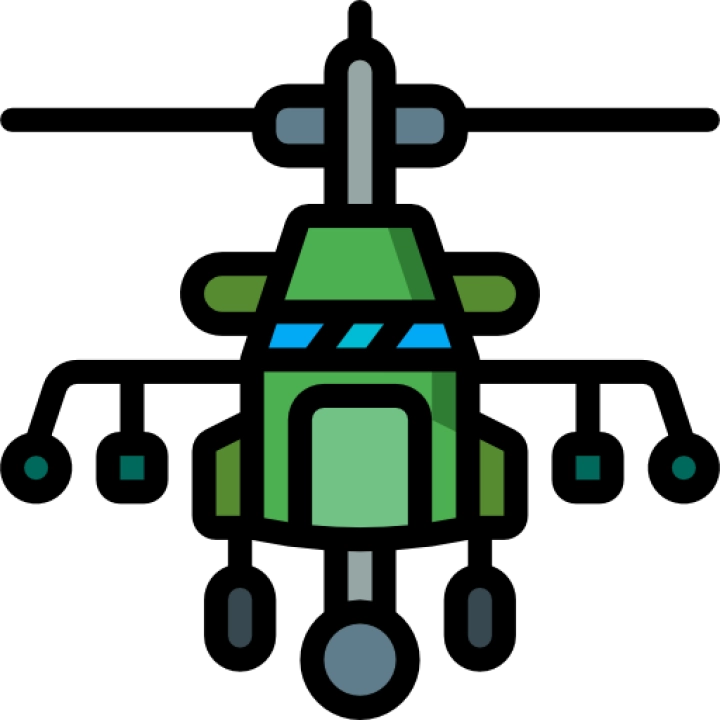College: Engineering
This specialization focuses on the design, analysis, and manufacturing of aircraft and their components. Students explore key areas such as aerodynamics, structures, propulsion, and avionics. The program emphasizes technical skills, engineering principles, and creative thinking to develop safe, efficient, and advanced aircraft. Graduates are prepared for careers in the aerospace industry, research and development, and government agencies.
Learning Objectives:
- Understand the fundamentals of aerospace engineering and aircraft design.
- Develop skills in aerodynamics, structures, propulsion, and avionics.
- Learn techniques to analyze and improve aircraft performance.
- Explore the role of aerospace engineering in aviation safety, efficiency, and innovation.
- Understand regulatory standards and safety procedures in aircraft design and manufacturing.
- Analyze challenges and opportunities in the aerospace industry.
- Develop teamwork and problem-solving skills for aerospace projects.
Main Curriculum:
- Introduction to Aerospace Engineering - Overview of aerospace engineering, its history, and its applications in the aviation and space industries. - Basics of aircraft design and performance.
- Aerodynamics - Study of aerodynamics principles including lift, drag, and airflow. - Techniques to analyze and improve the aerodynamics of aircraft.
- Aircraft Structures - Basics of aircraft structures, materials, and construction methods. - Techniques to design and analyze aircraft structures for strength and stability.
- Propulsion Systems - Principles of aircraft propulsion, including piston, turbine, and jet engines. - Techniques to design and improve propulsion systems for performance and efficiency.
- Avionics and Flight Electronics - Principles of flight control systems including navigation, communications, and flight control. - Techniques to design and integrate avionics and flight control systems.
- Aircraft Performance and Stability - Methods to analyze aircraft performance, stability, and control. - Techniques to enhance aircraft handling quality and flight dynamics.
- Computational Fluid Dynamics (CFD) - Principles of computational fluid dynamics and applications in aerodynamic analysis. - Techniques to use CFD software to simulate and improve airflow around aircraft.
- Regulatory Standards and Safety - Understanding aviation regulations, airworthiness standards, and safety procedures. - Techniques to ensure compliance with regulatory standards in aircraft design and manufacturing.
- Emerging Technologies in Aerospace Engineering - Analysis of innovations such as composite materials, electric propulsion, and autonomous flight. - Techniques to adapt to new technologies and industry trends.
- Capstone Project in Aerospace Engineering - Real-world project to apply the skills acquired in aircraft design, analysis, or manufacturing. - Techniques to deliver a comprehensive aerospace engineering solution.
Assessment Methods:
Engineering design projects, simulations, written assignments, group projects, and internships.
Recommended Textbooks:
- "Introduction to Flight" by John D. Anderson.
- "Fundamentals of Aerodynamics" by John D. Anderson.
- "Aircraft Structures" by Megson.
- "Aircraft Propulsion" by Jack L. Kerrebrock.
Prerequisites:
Strong foundation in mathematics, physics, and engineering principles. Suitable for students in aerospace engineering, mechanical engineering, and related fields.
Program Duration:
Typically 4 years for a bachelor's degree, including coursework, design projects, and internships. Advanced degrees may take additional years.
Certification:
Graduates may earn a degree in aerospace engineering and pursue professional certifications such as the Professional Engineer (PE) license.
Target Audience:
Aspiring aerospace engineers, aircraft designers, and professionals seeking specialization in aircraft design, analysis, and manufacturing. This program equips students with the technical, analytical, and practical skills needed to excel in aerospace engineering, supporting advancements in aircraft design, safety, and industrial innovation.

